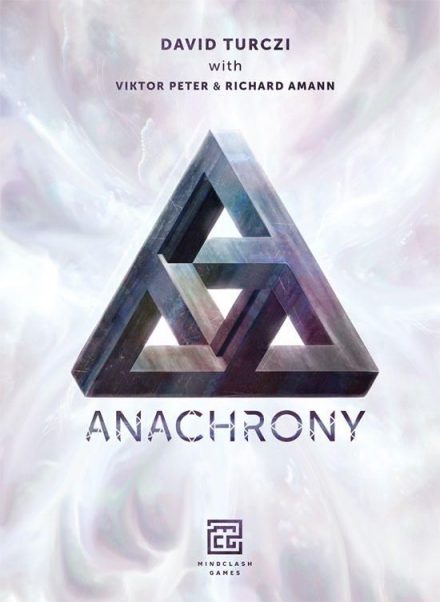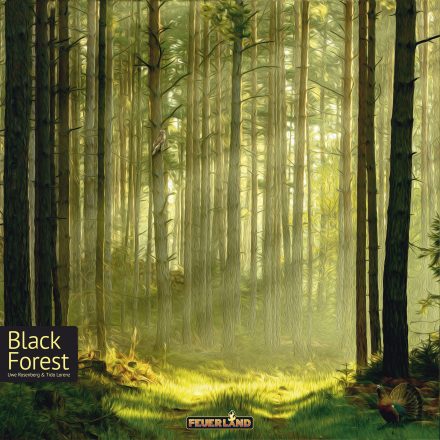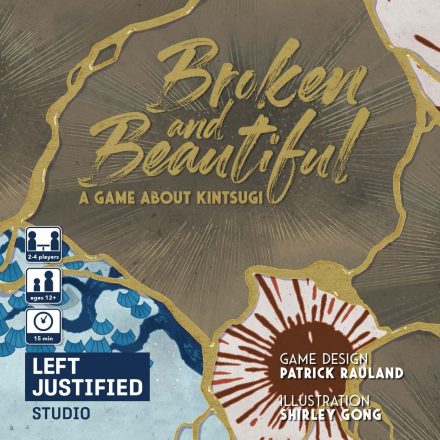Players are mad scientists in need of precious mortals for future experiments. Rather than getting your hands dirty, your army of campy creatures awaits to do your bidding. Capture the most valuable mortals over the course of three nights to win. But be warned — the mortals won’t go down without a fight.
Campy Creatures is a ghoulish game of bluffing, deduction, and set collection for 2-5 players. Players begin each round with the same hand of creatures. Their goal is to capture valuable mortals by outguessing their opponents with the creatures they play. Each player has perfect information at the start, so knowing what a person might do in a particular situation is key.
Game Mechanics:
- Auction / Bidding
- Hand Management
- Set Collection
- Simultaneous Action Selection
Game Specifications:
- 2 – 5 Players
- 20 – 30 Minutes
- Difficulty Weight 1.54










